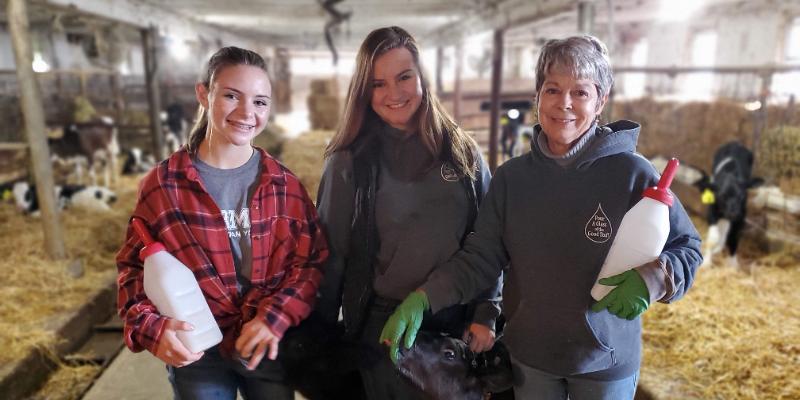-
March 3, 2021

- • Featured • Industry News
The History of Women in American Agriculture

Early in American history, when the colonies were founded and settled, women were primarily responsible for caring for children and the homestead, but was there more to their chore list outside of the home? Yes, in fact, it was common for rural women to help with chores like sowing seeds and harvesting crops. Women were valued when it came to tedious farm focused task, like shelling peas or grinding flour and spices. As time passed and urbanization flourished, women began to work outside of the home, but their options were limited, and agriculture focused careers were not commonly pursued.
A women’s role in agriculture evolved when they stepped into previously male dominated roles as farmers and ranchers while the men were called to fight in the wars that followed the colonialization of the Americas. The number of women directly involved with agriculture greatly surged during World War II and even after soldiers returned home, women continued to be an asset in the agricultural field. Through the course of history, women have been called the silent contributors, invisible farmers, and the overseen cornerstones of agriculture. However, in the past five years, women are being recognized as major contributors to the agricultural industry and younger generations of women are being encouraged and supported to pursue careers in agriculture.
According to the 2017 USDA National Census, a record number of women were reported as being directly involved in agribusiness. In fact, more than 1/3 of the population’s farmers are women; that’s almost 1 million women farmers in the States alone. This is up about 30% since the prior census in 2012. Today, more than 20% of the farms in the United States have women in primary roles that impact the farm business operations. Additionally, 58% of the female farmers working in the industry right now are involved in the day-to-day decision making on the farm. Women are taking leadership roles and are inspiring future female farmers to do the same.
Before now, women with a passion for agriculture were shown limited opportunities and were led to believe that the options that were available were limited to a select few. With persistence though, barriers and gender stereotypes have been broken down. Female large animal veterinarians, herd managers, and beef producers are more common today than ever before. Women can follow their interests and make a respectable living doing so.

Think about the women in your life; this upward growth of women in the industry opens many doors that were closed to them in prior decades. When younger generations can look up to industry professionals that they resemble, they can more easily see themselves in comparable roles. The future of the agriculture industry looks to be continuing with this shift of more equal gender representation. This trend is encouraging to the young women who have an interest in or passion for soils, crops, livestock animals, food, equipment, ag education, environmental sustainability, or any other facet within the diverse realm that is agriculture.
